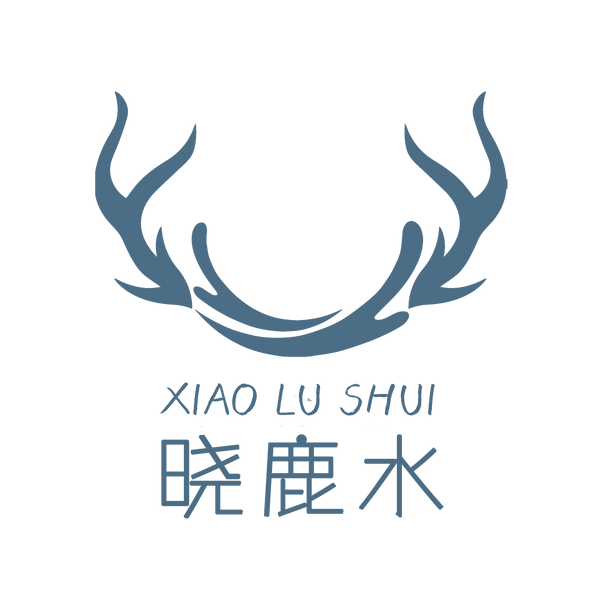Hanfu, as an important component of traditional Chinese attire, has a long history and rich cultural connotations. It is divided into various types and styles based on different dynasties, genders, identities, and occasions. Here are some basic classifications of Hanfu:
1. Classification by Dynasty
The style of Hanfu changed with the succession of different dynasties throughout Chinese history, with each dynasty having its unique characteristics.
- Zhou Dynasty: The attire of the Zhou Dynasty mainly consisted of deep robes and short pants, suitable for both men and women, emphasizing simplicity and elegance.
- Han Dynasty: The Han Dynasty was the golden age of Hanfu, with the attire mainly based on robes for men and skirts for women.
- Tang Dynasty: Tang Dynasty attire was known for its grandeur, with loose-fitting garments for both men and women. Women commonly wore foreign-style dresses, including the Ruqun (a type of skirt and top ensemble).
- Song Dynasty: Song Dynasty Hanfu was relatively simple, with men commonly wearing straight robes and women wearing long skirts that trailed on the ground.
- Ming Dynasty: Ming Dynasty Hanfu was represented by horseface skirts and round-collared robes, characterized by a dignified and strict style.
2. Classification by Gender
Hanfu for men and women differs in style and wear.
- Men's Hanfu: Typically includes shirts, pants, robes, and overcoats.
- Women's Hanfu: Includes skirts, shirts, and Ruqun, with a greater focus on the design and decoration of the skirt hem.
3. Classification by Function/Occasion
Hanfu also varies according to different occasions and functions.
- Everyday Wear: Focuses more on comfort and practicality, with relatively simple styles.
- Ceremonial Dress: Used for official, sacrificial, wedding, and funeral occasions, emphasizing strict ceremonial norms, with more ornate and formal attire.
- Court Dress: Exclusive to the royal family and nobility, emphasizing luxury and fine craftsmanship, using high-quality materials.
4. Classification by Season
According to the climate changes of different seasons, the material and style of Hanfu also vary.
- Spring and Autumn Wear: The material is moderate, suitable for the mild weather of spring and the coolness of autumn.
- Summer Wear: The material is light and breathable, mainly made of linen and silk.
- Winter Wear: The material is thick and heavy, mainly cotton and velvet, focusing on warmth.
Hanfu is more than just a type of clothing; it also carries deep Chinese cultural and historical significance, reflecting the aesthetic taste and lifestyle of ancient people. With the rise of the "Hanfu Movement" in recent years, more and more people are beginning to pay attention to and wear Hanfu, making it a cultural bridge between the past and the future.
